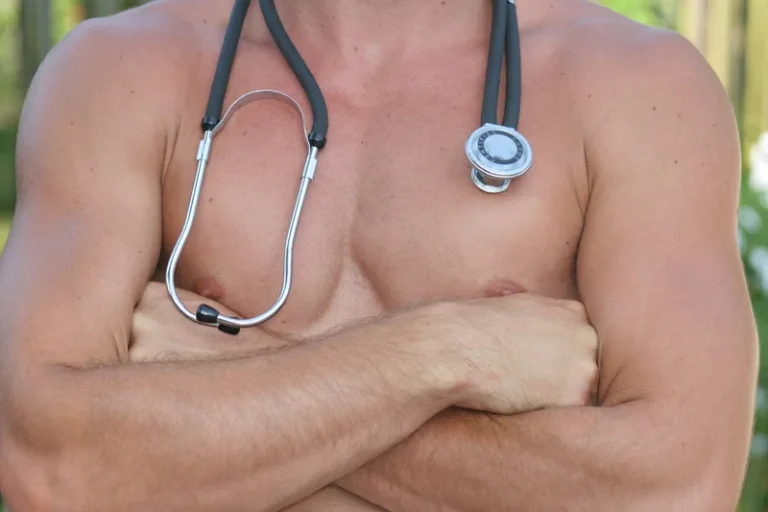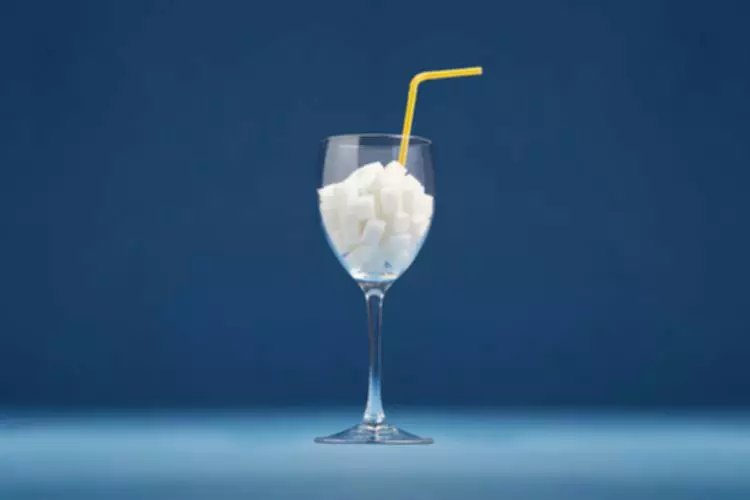
Post-transcriptional mechanisms are fundamental safeguards of progenitor cell identity and are often dysregulated in cancer. Here, we identified regulators of P-bodies as crucial vulnerabilities in acute myeloid leukaemia (AML) through genome-wide CRISPR screens in normal and malignant haematopoietic progenitors. We found that leukaemia cells harbour aberrantly elevated numbers of P-bodies and show that P-body assembly is crucial for initiation and maintenance https://ecosoberhouse.com/ of AML. Notably, P-body loss had little effect upon homoeostatic haematopoiesis but impacted regenerative haematopoiesis. Molecular characterization of P-bodies purified from human AML cells unveiled their critical role in sequestering messenger RNAs encoding potent tumour suppressors from the translational machinery. P-body dissolution promoted translation of these mRNAs, which in turn rewired gene expression and chromatin architecture in leukaemia cells.

Source Data Extended Data Table 8
With unspoken peer pressure, a teenager is exposed to the actions of one or more peers and is left to choose whether they want to follow along. This could take the form of fashion choices, personal interactions or ‘joining’ types of behavior which of the following is a type of indirect peer pressure? (clubs, cliques, teams, etc.). Many young teens lack the mental maturity to control impulses and make wise long-term decisions. Because of this, many teens are more susceptible to influence from older or more popular friends.
How to have more impact? Peer coaching can accelerate team performance
However, it is important to note that peer pressure can also sometimes be positive. Research has long shown peer pressure can increase the risk someone will try drugs, alcohol, or cigarettes. Some people are more affected by peer pressure than others, just as some people are more likely to experience addiction than others. While some people may experiment with alcohol or drugs once or twice and decide it’s not for them, others who begin using a substance may find it difficult to quit. In some cases, people may continue using the substance as part of social activity, such as drinking at parties or smoking because everyone else is taking a smoke break. Indirect negative peer pressure is not as powerful but can still greatly influence the decisions a teen makes.

Is peer pressure always negative?
- Trust your instincts — you know what’s right for you more than anyone else can.
- The perception that alcohol or drug use is expected may also act as a form of peer pressure.
- This is when a child is forming new friendships and choosing an identity among those friends.
- As you can imagine, this is a powerful form of peer pressure because it’s much more difficult to resist.
- The term often refers to peer influence in the context of risk behaviors, such as delinquency and substance use.
Being pressured by peers can be a stressful experience, whether it happens in person or online. It may shake your sense of identity and self-confidence and may contribute to excessive worry. In addition, prolonged exposure to this type of stress and tension may be a factor in mental health concerns such as anxiety and depression.
Examples of Negative Peer Pressure
- Or if a popular friend wants to earn money and save to buy a car, a less outgoing teenager may also be influenced to get a job and open a savings account.
- Asking a young teenager to engage in behavior that is against their moral code or family values is a type of negative peer pressure.
- Many people consider peer pressure a negative thing, but this isn’t always the case.
Trust your instincts — you know what’s right for you more than anyone else can. If you know that you don’t want to do something, stick with your decision and feel confident in your choices. Most individuals have felt the pressure to conform to social norms, whether that’s to go out on the weekend or cover an extra shift. It can be tempting to do what others tell you to — especially if they’re colleagues or friends. Although it’s more commonly discussed in the context of social settings, peer pressure can be a pervasive part of a toxic work environment, whether you’re feeling pressured to conform to office culture or working long hours to impress. Teens should learn that every action has consequences and that if they do something negative, they will have to face them.
- With over 15 years of content experience, Allaya Cooks Campbell has written for outlets such as ScaryMommy, HRzone, and HuffPost.
- Peers play an important role in many people’s lives, especially in late childhood and adolescence when young people attempt to become more independent, gain acceptance, and build an identity.
- Members of a peer group are more likely to influence a person’s beliefs and behavior.
- Direct pressure is exerted when one peer group asks, suggests, persuades, or leads another to participate in a specific action, behavior, deed, or challenge.
Children may begin to worry about balancing a sense of loyalty to their friends with compassion and fairness to others. Dealing with peer pressure can be difficult, but below are some ways to help address it. They are also typically striving for social acceptance and are more willing to engage in behaviors against their better judgment to be accepted. Teens who volunteer in their community can keep each other motivated to participate.


Given the effects that peer pressure can have on adolescents and teens, it’s important for parents to encourage open communication and help their child prepare for situations of negative peer pressure. See seven tips to help teens avoid negative peer pressure and respond in a healthy way. Peer pressure interacts with many other factors, including family pressure and support, to affect the overall likelihood of alcohol and drug use. Research shows that people with certain personality traits may also be more vulnerable to peer pressure and that peer pressure affects adults, as well as children and adolescents. The desire to fit in and feel like you are part of a group is normal, and most people feel this way sometimes, especially in the teen and young adult years.
